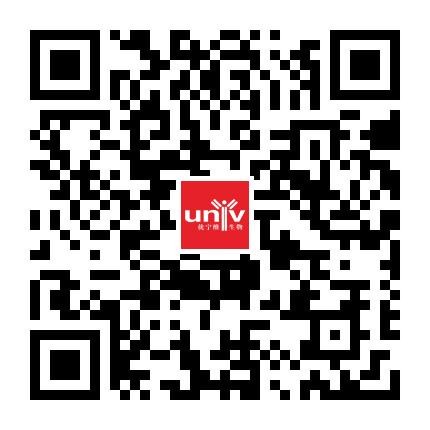 全部商品分类
全部商品分类

 下载产品说明书
下载产品说明书 下载SDS
下载SDS 用小程序,查商品更便捷
用小程序,查商品更便捷


 收藏
收藏
 对比
对比 咨询
咨询Carrier Free
CF stands for Carrier Free (CF). We typically add Bovine Serum Albumin (BSA) as a carrier protein to our recombinant proteins. Adding a carrier protein enhances protein stability, increases shelf-life, and allows the recombinant protein to be stored at a more dilute concentration. The carrier free version does not contain BSA.
In general, we advise purchasing the recombinant protein with BSA for use in cell or tissue culture, or as an ELISA standard. In contrast, the carrier free protein is recommended for applications, in which the presence of BSA could interfere.
1690-HMB
| Formulation | Lyophilized from a 0.2 μm filtered solution in PBS. |
| Reconstitution | Reconstitute at 200 μg/mL in PBS. |
| Shipping | The product is shipped with polar packs. Upon receipt, store it immediately at the temperature recommended below. |
| Stability & Storage: | Use a manual defrost freezer and avoid repeated freeze-thaw cycles.
|
Recombinant Human HMGB1 Protein, CF Summary
Product Specifications
Met1-Glu215
Analysis

Background: HMGB1/HMG-1
High-mobility Group Box 1 protein (HMGB1), also known as HMG1 or Amphoterin, is a member of the high mobility group box family of non-histone chromosomal proteins (1-3). Human HMGB1 is expressed as a 25 kDa single chain protein containing two globular positively charged DNA-binding domains (HMG boxes A and B) and a negatively charged C-terminal region that contains only Asp and Glu residues (4, 5). Posttranslational modification of HMGB1, including acetylation, phosphorylation, and methylation, affects HMGB1 localization, receptor interactions, and bioactivity (3). An intramolecular disulfide bond between Cys23 and Cys45 as well as the presence of the unpaired Cys106 thiol are critical for HMGB1-induced pro-inflammatory TNF-alpha secretion (2, 6). Alternatively, fully reduced HMGB1 acts as a potent chemoattractant for neutrophils and monocytes (7). HMGB1 can be localized to the nucleus or cytoplasm and can also be secreted despite its lack of a signal peptide (2). HMGB1 binds DNA in a non-sequence specific manner and may act as a structural cofactor during gene transcription (8). Acetylation of HMGB1 results in its cytoplasmic localization and eventual secretion (9). HMGB1 can be secreted by multiple cell types, and it is also released upon cell necrosis, apoptosis, and pyroptosis (2, 3). HMGB1 is widely recognized as a multifunctional alarmin that stimulates inflammation upon sterile or infectious insult. Receptors for HMGB1 include TLR2, TLR4, TLR9, Syndecan-3, Siglec-10, Integrin alpha M beta 2, CXCR4, TIM-3, and RAGE (1, 2). It is implicated in the pathogenesis of a broad range of diseases including atherosclerosis, sepsis, cancer, neurodegenerative diseases, and autoimmunity (3, 10-13).
- Yanai, H. et al. (2012) Trends Immunol. 33:633.
- Yang, H. et al. (2013) J. Leukoc. Biol. 93:865.
- Harris, H.E. et al. (2012) Nat. Rev. Rheumatol. 8:195.
- Degryse, B. and M. de Virgilio (2003) FEBS Lett. 553:11.
- Wen, L. et al. (1989) Nucleic Acids Res. 17:1197.
- Yang, H. et al. (2021) Mol. Med. 27:58.
- Venereau, E. et al. (2012) J. Exp. Med. 209:1519.
- Bianchi, M.E. and A. Agresti (2005) Curr. Opin. Genet. Dev. 15:496.
- Bonaldi, T. et al. (2003) EMBO J. 22:5551.
- Diener, K.R. et al. (2013) Immunol. Cell Biol. 91:443.
- Fang, P. et al. (2012) Mol. Neurobiol. 45:499.
- de Souza, A.W. et al. (2012) Autoimmun. Rev. 11:909.
- Bae, J.S. (2012) Arch. Pharm. Res. 35:1511.







